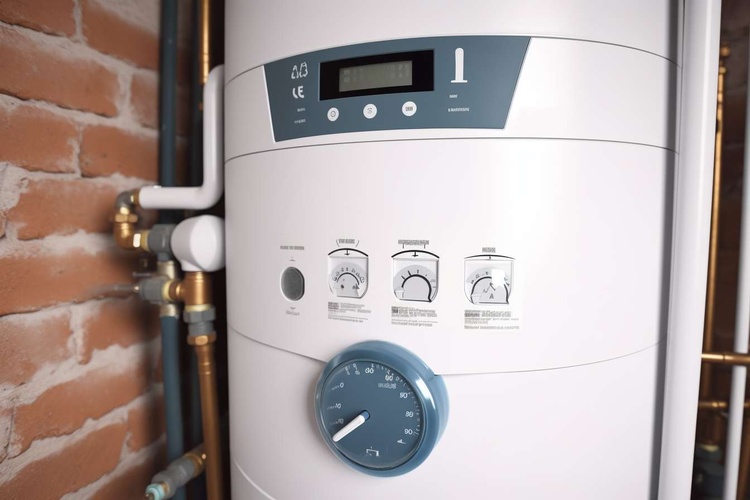Everyday Habits That Raise Electricity and Gas Bills
Understanding How Daily Habits Can Affect Your Energy Costs. Small, routine actions—such as appliance use, heating settings, or water usage—can contribute to higher electricity and gas bills over time. This article explores common household behaviors that may influence energy consumption and offers tips to help manage usage more efficiently.

Energy consumption habits form a significant part of our daily routines, often operating below our conscious awareness. Yet these automatic behaviors can have a substantial impact on household expenses. By identifying and adjusting these patterns, households can achieve meaningful savings while maintaining comfort and convenience.
Standby Power Consumption and Phantom Loads
Many appliances continue drawing electricity even when not actively used. This phenomenon, known as phantom or vampire power, accounts for approximately 10% of residential electricity use. Common culprits include entertainment systems, computer equipment, and kitchen appliances with digital displays. A television left plugged in can consume several watts continuously, while gaming consoles in rest mode may use nearly as much power as during active play.
The solution lies in using power strips that can completely disconnect multiple devices from the power source with a single switch. Smart power strips offer an even more convenient option, automatically cutting power to peripheral devices when a main device is turned off. Unplugging chargers when not in use and enabling energy-saving settings on electronic devices can further reduce this unnecessary consumption.
Inefficient Heating and Cooling Practices
Heating and cooling typically represent the largest portion of household energy expenses. Several common habits significantly increase these costs, including leaving heating or cooling systems running in empty rooms, maintaining unnecessarily high or low temperature settings, and failing to address drafts and poor insulation.
Programmable thermostats provide an effective solution by automatically adjusting temperatures according to scheduled occupancy patterns. Setting the thermostat just 1-2 degrees lower in winter or higher in summer can reduce energy consumption by 5-10%. Regular maintenance of heating and cooling systems, including filter changes and professional servicing, ensures they operate at peak efficiency. Simple measures like closing curtains during hot days, using ceiling fans to improve air circulation, and addressing drafts around windows and doors can dramatically reduce the workload on climate control systems.
Water Heating Waste and Excessive Hot Water Use
Water heating accounts for approximately 18% of home energy use. Inefficient habits include setting water heater temperatures too high (above 120°F/49°C), taking excessively long showers, running partial loads in dishwashers or washing machines, and using hot water when cold would suffice.
Adjusting the water heater temperature, installing low-flow showerheads, and insulating hot water pipes can significantly reduce energy consumption. Modern washing machines and dishwashers are designed to clean effectively with cold water, eliminating the need for hot water in many cases. Fixing leaky faucets promptly prevents continuous energy waste from hot water drips. For households considering replacements, tankless water heaters provide hot water on demand, eliminating the energy required to maintain a tank of hot water continuously.
Lighting Inefficiencies and Wasteful Habits
Lighting accounts for approximately 15% of residential electricity use. Common inefficient practices include leaving lights on in unoccupied rooms, using outdated incandescent bulbs, and failing to leverage natural light during daylight hours.
Replacing traditional incandescent bulbs with LED alternatives can reduce lighting energy consumption by up to 75%. Motion sensors or timers can automatically manage lighting in frequently unoccupied areas like hallways or outdoor spaces. Arranging furniture to maximize natural light and keeping windows clean can reduce the need for artificial lighting during daylight hours. Using task lighting instead of illuminating entire rooms and establishing household routines for checking and turning off unnecessary lights can create substantial savings over time.
Kitchen and Appliance Energy Waste
Kitchen habits significantly impact energy bills. Inefficient practices include leaving refrigerator doors open, running partially full dishwashers, using oversized appliances for small tasks, and failing to match cookware to burner sizes.
Simple adjustments can make substantial differences. Covering pots while cooking reduces cooking time and energy use by up to 25%. Using appropriately sized appliances for each task—microwave for small portions, toaster oven instead of full-sized oven when possible—conserves energy. Keeping refrigerator coils clean and ensuring proper door seals maintains efficiency. Batch cooking multiple items when the oven is already hot maximizes energy usage. Running dishwashers and washing machines only when full and using energy-saving cycles further reduces consumption.
Comparative Energy Costs of Common Household Habits
Understanding the financial impact of everyday habits can motivate changes in behavior. The table below provides estimated costs associated with common energy-consuming habits.
| Habit | Annual Energy Cost | Potential Savings |
|---|---|---|
| Leaving 10 lights on when not needed (60W) | $130-$180 | $100-$150 |
| Phantom loads from plugged devices | $100-$200 | $70-$140 |
| Setting thermostat 2°C higher/lower than needed | $180-$300 | $150-$250 |
| Running partial loads of laundry | $75-$150 | $50-$100 |
| Taking 10-minute vs. 5-minute showers | $90-$180 | $45-$90 |
| Leaving computer/gaming systems on standby | $50-$100 | $30-$70 |
Prices, rates, or cost estimates mentioned in this article are based on the latest available information but may change over time. Independent research is advised before making financial decisions.
Changing energy consumption habits requires awareness and consistent effort but doesn’t necessarily mean sacrificing comfort. Many energy-efficient practices actually improve living conditions while reducing costs. Creating a household energy plan with clear guidelines for appliance use, temperature settings, and lighting can help establish new routines. Regular monitoring of energy bills provides feedback on progress and highlights areas needing further attention. By addressing these common energy-wasting habits, households can achieve significant savings while contributing to broader environmental sustainability goals.




